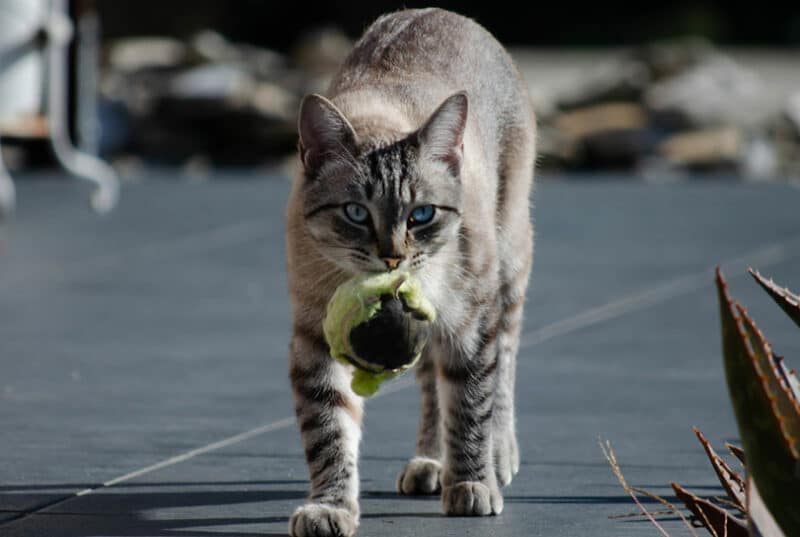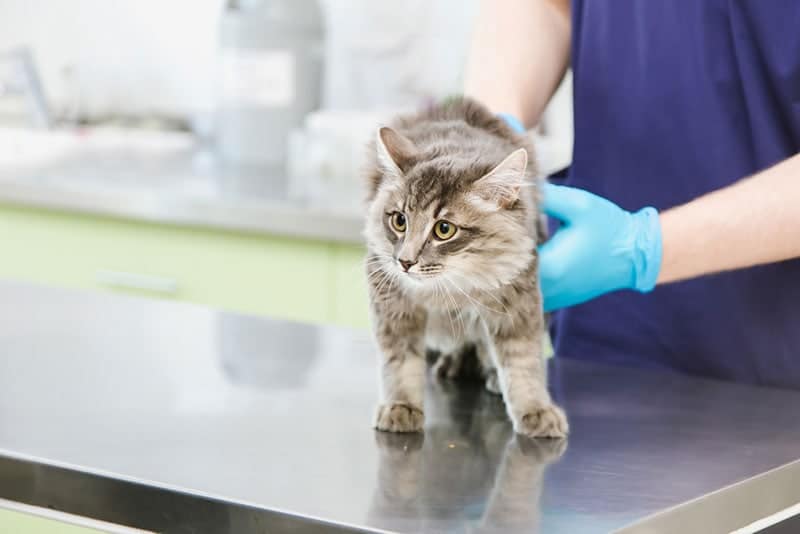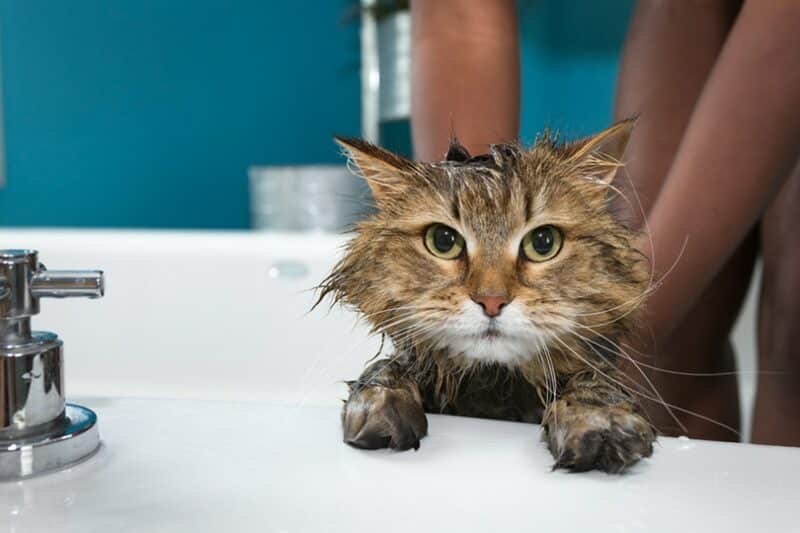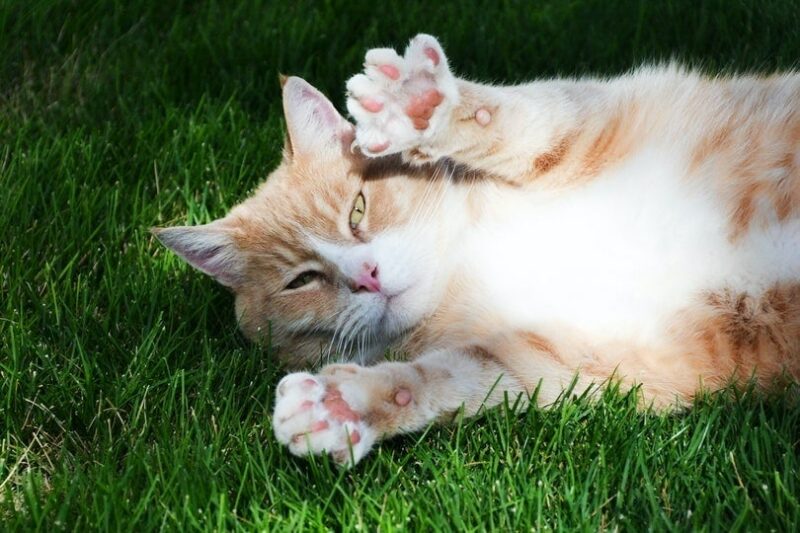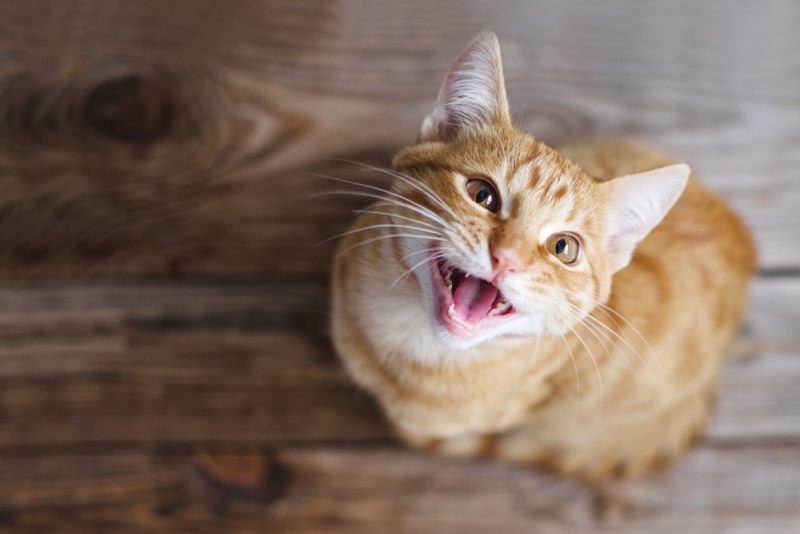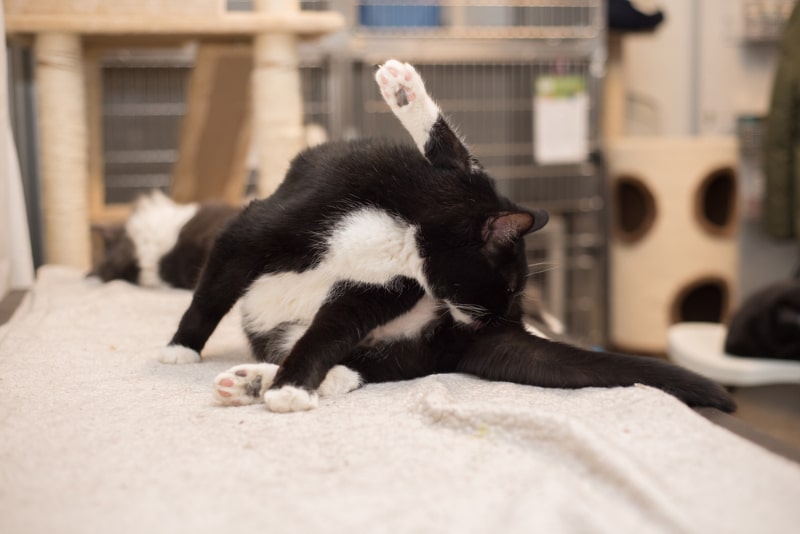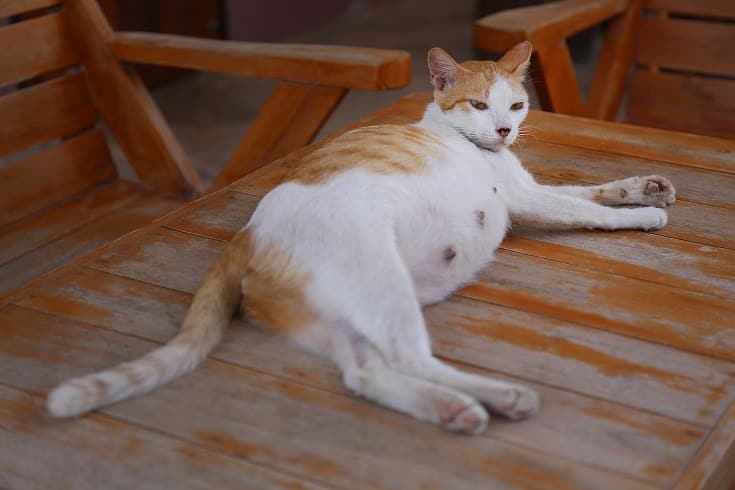Fetch isn’t just for dogs—some cats love it too! While teaching a cat to fetch might take some work, once your cat gets the hang of the game, it can be a great way to have fun together and give your cat some exercise too. Kittens and highly active cats often pick it up faster, but other cats can also sometimes learn. Soon, your cat will be able to retrieve balls and toys with no problem.

The 8 Steps to Teach a Cat to Fetch
1. Pick the right place & time
When you’re first starting out, it’s important to pick the right place and time to teach your cat to fetch. Look for a confined space with few other distractions, like a hallway or a home office, so that your cat will be able to focus on you and the toy.
Time is important, too. Cats have distinct resting and active cycles, and if your cat thinks it’s nap time, it won’t be interested. Look for a time when your cat is alert and playful. If you plan to use food as a reward, consider playing shortly before mealtime.
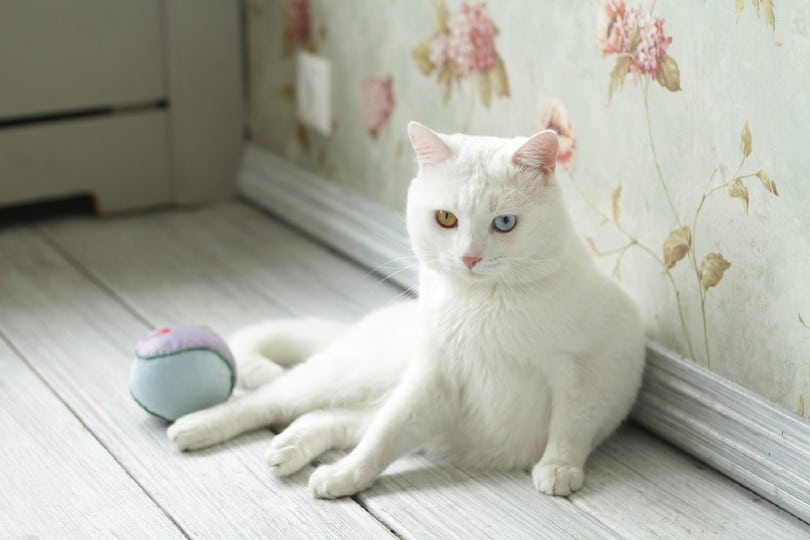
2. Use the right toys & treats
When choosing a toy to practice with, look for something to motivate your cat. The toy should be a comfortable size and weight for your cat to pick up. Small balls, mice, or jingle toys are common choices. Consider setting aside a toy just for playing fetch with—that way, the novelty won’t wear off.
Some cats are happy to play with you just for fun, but many cats will be more motivated if food is involved. Look for a cat treat that is small enough that your cat can have several in one session and is a flavor and type that will motivate it.
3. Choose a signal
Cats can’t talk, but they do listen. Just like your cat might be attuned to the rattle of a food dish or the name of a favorite person, it will be able to recognize a command or signal with time. Some owners use a clicker along with a command. Use a simple command given in a slightly higher pitched voice—like “fetch, kitty”—so that your cat can learn to associate the word with the game.

4. Reward interest in the toy
At first, just showing interest in the toy can be rewarded, especially if your cat is on the lazy side. Throw the toy in front of your cat and give the signal. When your cat interacts with the toy—by sniffing, nudging, picking up, or batting at it—praise your cat and reward it with a treat. If your cat already loves to chase after toys, you can skip straight to the next step.
5. Progress from interest to picking up
Once your cat knows to associate the toy with the treat, work towards teaching your cat to pick up the toy. Reward your cat for nuzzling and biting the toy but not biting and scratching it. Once your cat has picked up the toy, offer praise and a treat. Your cat will likely drop the toy to get the treat.
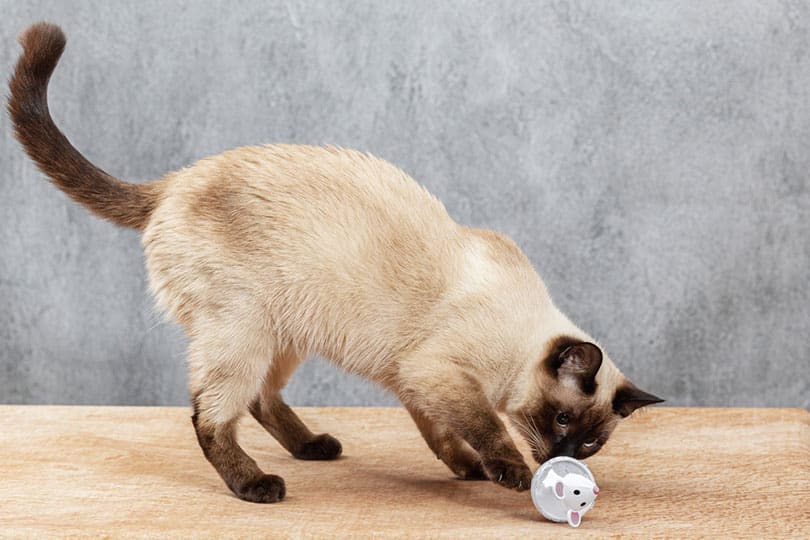
6. Teach your cat to return the toy
As soon as your cat reliably picks up the toy, you can start expecting your cat to return to you for a treat. Instead of going to your cat to reward the toy, hold out a hand and wait for your cat to come to you. Over time, you can start throwing the toy further distances.
7. Expand your game
If your cat has the game of fetch down in a controlled environment, you can also try switching things up. Try playing with new toys, introducing a friend to throw the toy, or playing in a new space. Watch your cat for signs that it is enjoying the game. Changes in the game can help keep it fresh and exciting, but too much change can confuse your cat and lead to frustration.
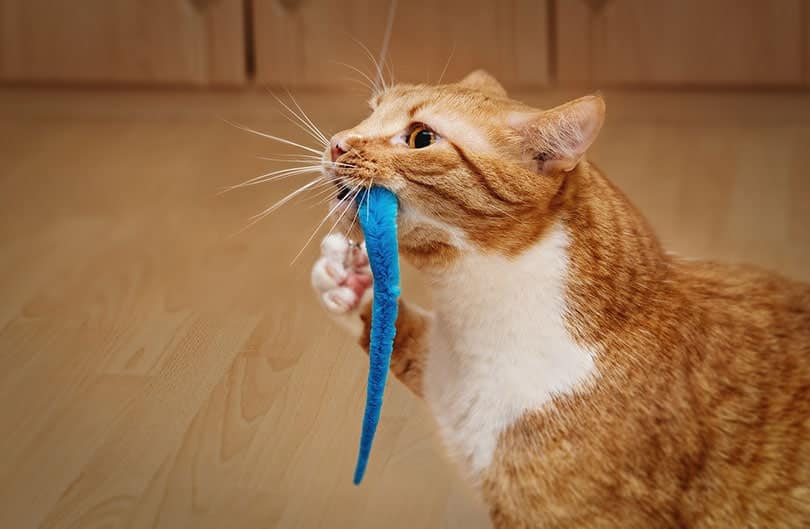
8. Know when to quit
Although training your cat requires patience, doing too much in one day is a recipe for disaster. If your cat becomes frustrated or bored, training will cause more harm than good. Keep games short—between five and fifteen minutes—and don’t push too long if your cat isn’t engaged. It is better to finish the session positively while the cat is still engaged and enjoying it.

Last Thoughts
As you can see, it can take some time to teach your cat to play. Some breeds of cats, like Bengals and Siamese, are well known for their ability to pick up games quickly. But even then, most cats participate in games for their own enjoyment. As you practice playing with your cat, it can become a fun ritual for just the two of you.
Featured Image Credit: Life is a Dream, Shutterstock
